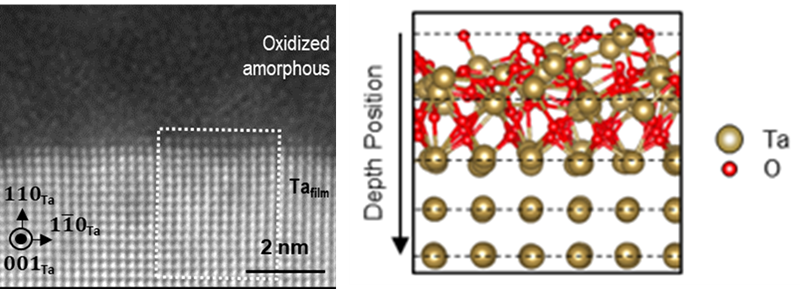Extreme weather can wreak havoc of all sorts around the world. A study has added to that list. Intense thunderstorms have been shown to increase windthrow, the number of trees uprooted and broken, in the Amazon rainforest. This study, by researchers at the Department of Energy Office of Science’s Lawrence Berkeley National Laboratory (Berkeley Lab), is one of only a few in its field. It has greatly helped researchers explain major gaps in forest models.
When windthrow happens, the trees are no longer sucking carbon out of the atmosphere. Instead, they are decomposing on the forest floor, which releases carbon back into the world. Storms are already a deadly force for trees in the Amazon. They account for over half of the forest mortality. And according to this research, tree mortality associated with storms is expected to increase in frequency by at least 43% before the end of this century.
To explore the link between the extreme storms and tree mortality, researchers compared a map of over 1,000 large windthrows with atmospheric data. They identified a measurement known as CAPE, the “convective available potential energy.” When CAPE spikes, a suitable environment for thunderstorms results. Therefore, it serves as a solid predictor of major windthrow events.
The group is now working to incorporate this relationship into new computer simulations of the relationship between forests and storms. With stronger models that more closely depict reality, scientists will be able to more accurately explore how forests will respond in a warmer future.
Learn more about the team of researchers: https://ess.science.energy.gov/ngee-tropics/
Ashleigh Papp ([email protected]) is a science writer and multimedia producer in the Office of Science.
sourced from https://www.sourcearu.com



